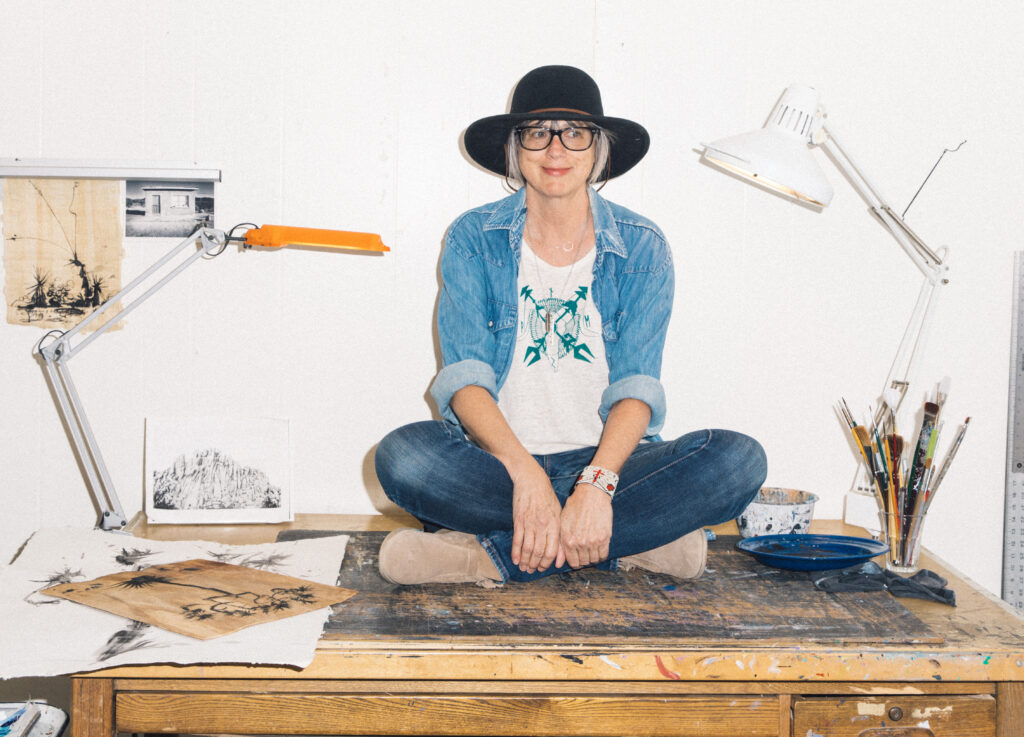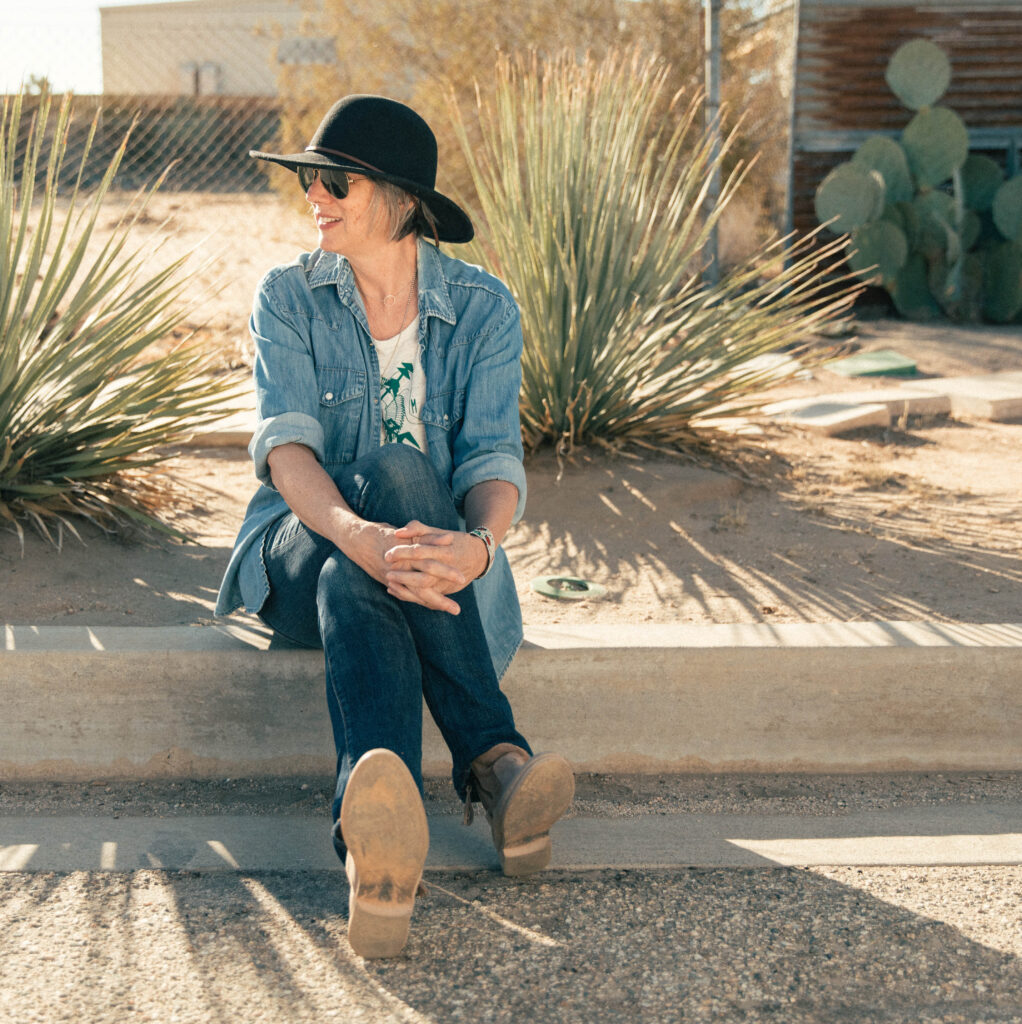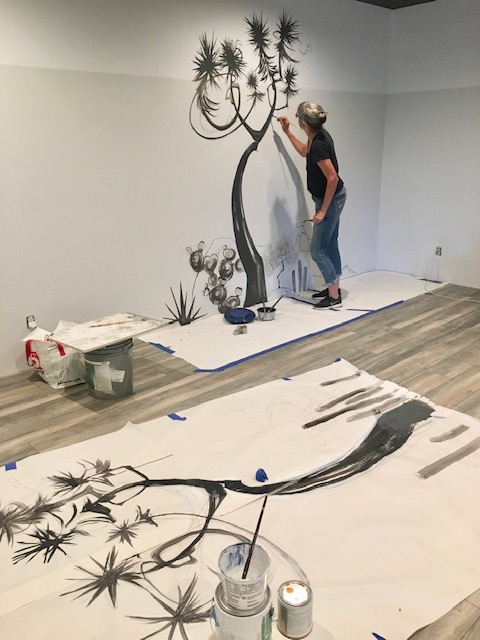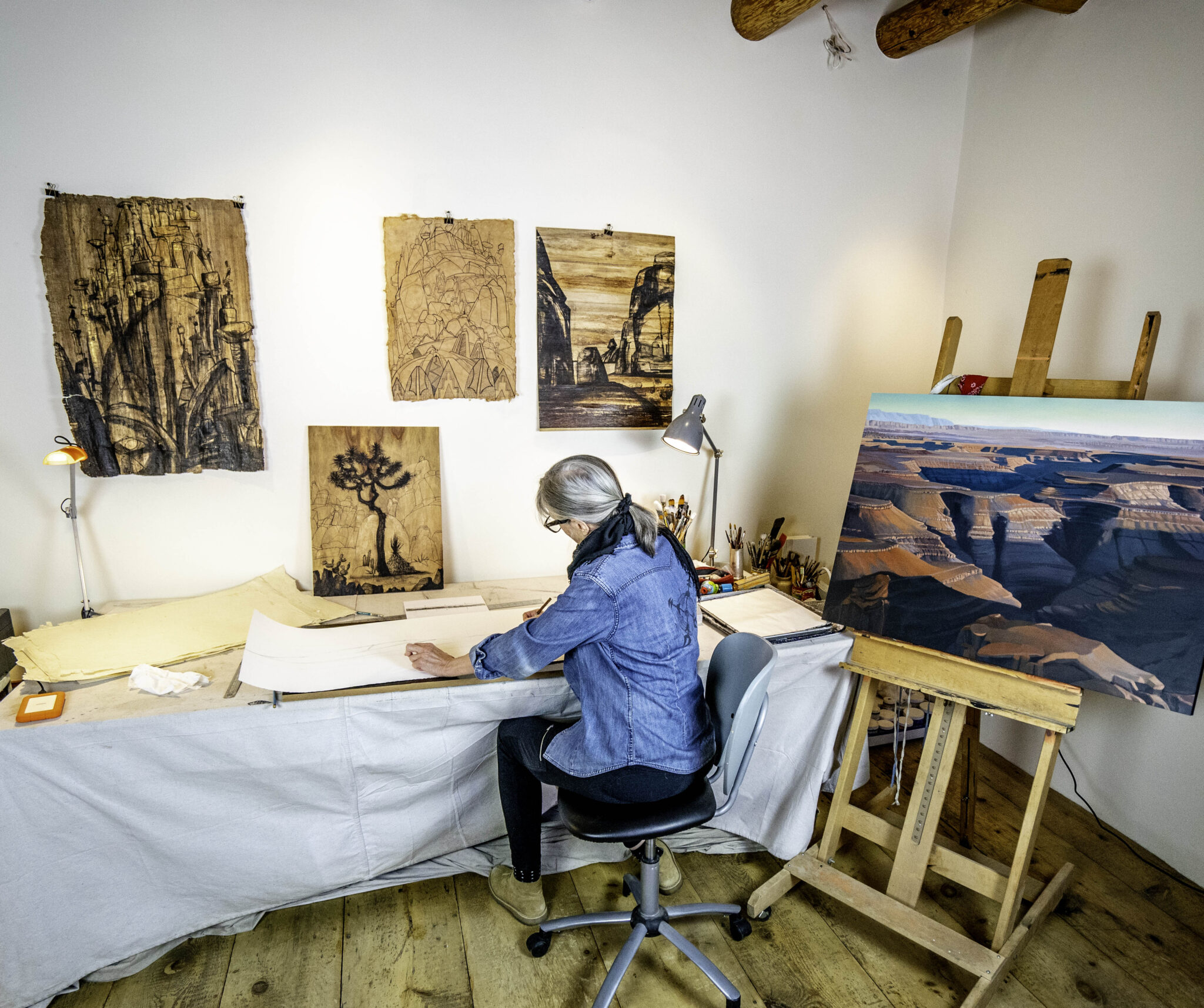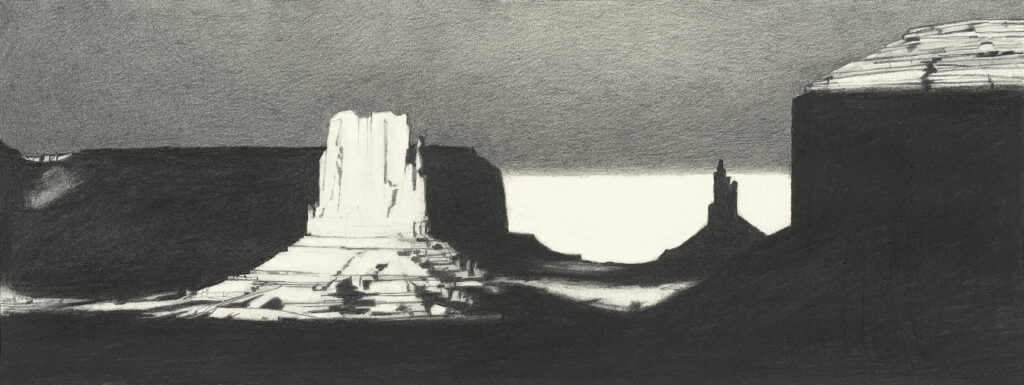Meet the Artist Capturing the Unique Desert Landscapes of Our National Parks
Diane Best has been working as a professional artist for over four decades. Born in Boston, MA, she studied art in the Bay Area before moving south to Los Angeles and ultimately, the high-desert wilderness, while working as a background painter for animation studios. Over time, Diane shifted her focus to capture the intense drama of the surrounding desert landscape in paintings, photography, and, more recently, moving images. She now divides her time between Santa Fe, NM and Joshua Tree, CA, and continues to seek out remote, uninhabited, and overlooked corners of the desert. US Park Pass spoke with Diane about her art, inspirations, and abiding passion for the desert as part of our Meet the Artisans of the National Parks series.
USPP: How did you get started?
I’ve been interested in drawing and painting since I was a child and studied both extensively from grade school through to the San Francisco Art Institute. While I started as a painter, I now work in several different media, including photography and moving images, and love them all. The through line is the subject: landscape and nature.
USPP: What part of your craft do you love the most?
Traveling and capturing images and inspiration is the part of my process that I love the most. Getting the results I strive for requires total immersion in the landscape I am visiting.
USPP: Do you create your art alone or do you work with others?
I am a solo artist who works by herself in her studio for the most part. Occasionally, I take trips with other photographers or work with printers. Collaborative work can be gratifying, and I do that with my moving-image work, by working with musicians, composers, and sometimes a drone operator who I direct.
USPP: What inspires you?
My greatest inspiration lies in the landscape of the desert. I’ve used Joshua Tree as my home base for the last 25 years. Lately, I’ve also been inspired by the stark landscapes of the Arctic and Antarctic and have traveled to both places seven or eight times in the last few years.
USPP: What values does your art embody?
My work is an homage to open spaces and public lands and I hope that comes across in a way that inspires protection of these places for future generations.
Diane’s Joshua Tree Brush Drawing Series
USPP: How have National Parks played a role in your craft?
National Parks have played a major role in the development of my art. The wild lands, devoid of humans, inspire me. The desert parks in particular: Joshua Tree, Death Valley, and the Mojave National Preserve. I love the sand dunes, and the endless, wide-open spaces that make you feel you could ride off into them forever. They’re like the ocean: beautiful, with an edge of danger. Things in the desert can shift in an instant. You must be prepared for anything. I drive off for hours or days on the dirt roads surrounding Joshua Tree. I like to go alone—it’s my meditation—and music is part of the experience. I try to recreate how I feel doing this with my moving-image work. Over time, I’ve documented the iconic Joshua Tree through hundreds of brush drawings and paintings, as well as photography and moving image work.
USPP: Any insider tips for visiting Joshua Tree and Death Valley National Parks?
The desert parks are best in the winter and spring. Living just five miles from the entrance to Joshua Tree, I am free to visit at less-popular times, and avoid the crowds. Split Rock is a favorite place—I have made 2 paintings of it—I love the hiking trail there. I also like the Boy Scout Trail, Wonderland of Rocks, and Barker Dam, where there might be water and bighorn sheep sightings. In Death Valley, I love the northern Eureka Dunes, Racetrack, Ubehebe Crater, Mesquite Flat Sand Dunes, and Artist Palette Drive.
USPP: You’ve also mentioned that you feel a strong connection to the Navajo (Dine) and the land of the Navajo Nation. Is there a particular Navajo place or community where you feel this connection most strongly, that you return to on every visit?
Two of my favorite places to go are the Valley of the Gods and Muley Point, which were part of the new Bears Ears National Monument. Why the Valley of the Gods has never been made a national park is a mystery to me!
USPP: What advice would you give to other craft-makers who want to start their own business?
Stick to your passion, follow your heart, and hopefully you develop a talent that finds an outlet in the marketplace. Don’t be in a hurry: Developing skills takes time and practice. Stay true to yourself: Don’t create based on what you think might sell.
USPP: What struggles have you have faced as a small-business owner?
As an artist, the struggles are real: Paying the rent and bills, eating, finding outlets for your work, etc. This is not a career path to choose if you want security. I’ve always felt that this path chose me, not the other way around.
USPP: What is something that no one has ever asked about your craft that you want people to know?
I’d like people to know that I’ve never stopped looking and learning. There is always something new to learn or discover from every piece I’ve created. I’m never done. I’d also like people to think of something more original and meaningful to ask than, “how long did it take you to do that?” It’s the question I get asked the most and I think the answer is the least-important information about my work. I usually won’t answer—unless it’s from another artist and we’re discussing process artist-to-artist. If I were to truthfully answer that question, it would be: 50 years of skill development and immersion.
Diane’s “Out of the Darkness” limited edition print featuring her new charcoal drawing of Monument Valley

